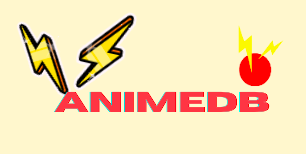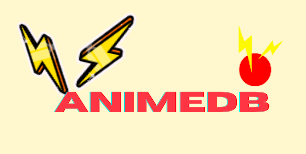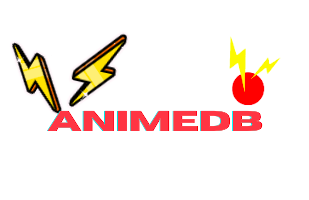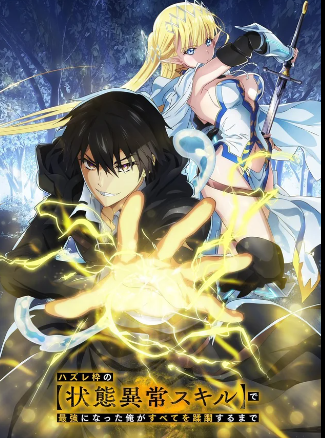Failure Frame: I Became the Strongest and Annihilated Everything” is a captivating light novel series that has garnered a dedicated following, leading to its adaptation into a manga and anime. The narrative follows a protagonist who faces seemingly insurmountable challenges and transforms them into opportunities for growth and empowerment. This article delves deep into the themes, character development, and narrative structure of “Failure Frame,” highlighting what makes it a unique entry in the isekai genre.
Plot Overview
At its core, “Failure Frame” tells the story of a young man named Shun Asanaga, who is suddenly transported to a fantasy world filled with magic and monsters. However, unlike typical isekai protagonists who find themselves endowed with extraordinary powers, Shun is thrust into a situation where he is seen as a “failure.” This premise sets the stage for a narrative that subverts genre expectations and explores the intricacies of strength, resilience, and self-discovery.
Shun quickly realizes that he is equipped with a skill called “Failure Frame,” which allows him to absorb the abilities of others. Initially seen as a disadvantage, Shun learns to harness this power effectively, turning it into a formidable weapon. The story follows his journey as he navigates this new world, confronts formidable foes, and ultimately seeks to prove himself despite the odds stacked against him.
Themes
- Redemption and Growth
One of the most prominent themes in “Failure Frame” is redemption. Shun’s journey from being labeled a failure to becoming one of the strongest characters in the story reflects a universal desire for self-improvement. His initial struggles resonate with viewers who have faced their own challenges, making his eventual triumph feel all the more satisfying. This theme emphasizes that setbacks can be stepping stones to success.
- The Nature of Strength
The series invites readers to contemplate the nature of strength. Shun’s unique ability to absorb others’ powers challenges traditional notions of heroism. Rather than simply relying on brute force or innate talent, Shun’s strength is rooted in his adaptability and intelligence. This perspective adds depth to the narrative, encouraging viewers to consider that true strength often comes from understanding and leveraging one’s weaknesses.
- Friendship and Alliances
Throughout his journey, Shun forms bonds with various characters, each bringing their unique strengths and weaknesses to the table. The importance of friendship and teamwork is emphasized, illustrating that collaboration can lead to greater achievements than solitary efforts. These relationships not only enrich the narrative but also highlight the emotional stakes involved in Shun’s quest.
- Facing Adversity
The challenges Shun encounters serve as metaphors for the adversities people face in real life. The series does an excellent job of depicting how overcoming obstacles can lead to personal growth. Each defeat pushes Shun closer to understanding his capabilities and developing resilience, making the story relatable to those who have navigated their own struggles.
Character Development
Shun Asanaga
As the protagonist, Shun undergoes significant character development throughout the series. Initially portrayed as a reluctant hero, he evolves into a determined and confident individual. His journey of self-discovery is marked by trials that force him to confront his insecurities and doubts.
Shun’s ability to absorb others’ powers symbolizes his growth. Instead of seeing himself as a failure, he learns to view his circumstances as opportunities for improvement. This shift in perspective is central to his character arc and reinforces the theme of redemption.
Supporting Characters
- Kira: A skilled warrior who becomes one of Shun’s closest allies. Kira represents loyalty and strength, often challenging Shun to push beyond his limits. Their dynamic adds depth to the narrative, showcasing the importance of mutual support in overcoming obstacles.
- Elena: A mage who plays a crucial role in helping Shun navigate the magical aspects of the new world. Elena’s intelligence and resourcefulness complement Shun’s abilities, emphasizing the value of diverse skills in achieving common goals.
- The Antagonist: The series features a compelling antagonist whose motivations are intricately tied to Shun’s journey. This character’s depth adds layers to the conflict, making it not just a battle of strength but also a clash of ideologies.
Narrative Structure
“Failure Frame” employs a well-crafted narrative structure that balances action, character development, and thematic exploration. The pacing is consistent, with a mix of intense battles and quieter moments that allow for character reflection and growth. This balance keeps readers engaged while providing them with insight into the characters’ inner lives.
World-Building
The fantasy world in “Failure Frame” is richly detailed, filled with diverse cultures, magical systems, and intricate lore. The world-building contributes significantly to the story’s depth, allowing readers to immerse themselves in Shun’s journey. Each location is thoughtfully crafted, providing a backdrop for the characters’ growth and adventures.
Conflict and Resolution
The series expertly balances external and internal conflicts. While Shun faces formidable foes in battles, he also grapples with his self-doubt and fear of failure. This duality adds emotional weight to the narrative, making Shun’s victories feel earned and meaningful. The resolution of conflicts is often tied to character development, reinforcing the idea that personal growth is a central aspect of overcoming challenges.
Artistic Style and Animation
The manga and anime adaptations of “Failure Frame” are visually appealing, with dynamic artwork that captures the intensity of battles and the emotional depth of character interactions. The character designs are distinct, enhancing their personalities and roles within the story. The animation, particularly in the action sequences, showcases the creative potential of the source material, bringing Shun’s journey to life in an engaging manner.
Reception and Impact
“Failure Frame” has garnered positive reception from fans and critics alike. Its fresh take on the isekai genre, combined with relatable themes and well-developed characters, has resonated with audiences. The series has sparked discussions about the nature of strength, resilience, and the importance of support systems in overcoming adversity.
Conclusion
“Failure Frame: I Became the Strongest and Annihilated Everything” stands out in the crowded isekai genre due to its thoughtful exploration of themes such as redemption, strength, and the importance of relationships. Shun Asanaga’s journey from failure to empowerment offers a compelling narrative that resonates with readers on multiple levels. Through its rich world-building, character development, and thematic depth, “Failure Frame” not only entertains but also inspires, reminding us that our struggles can lead to profound growth and self-discovery.
As the series continues to evolve, it remains a testament to the power of resilience and the potential for transformation, inviting readers to reflect on their own journeys and the strength found within.












What do you think?
Show comments / Leave a comment